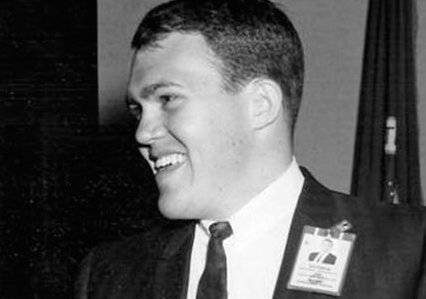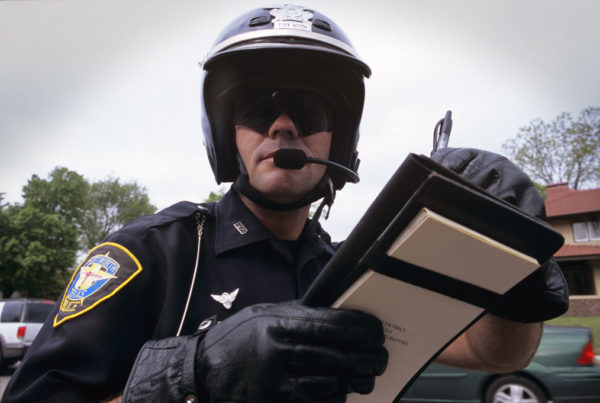A man pivotal to the U.S. moon landing died last week in Houston. He wasn’t inside the Apollo 11 lunar module, or even in mission control. But Jack Garman, a 24-year-old engineer in software support during the 1969 mission, made a call that made the moon landing happen.
Jack Garman was just 21 years old when he first got the job at NASA. He worked behind the scenes with software. He was the kind of guy who knew about computers when most didn’t – even at NASA. One of the things his boss tasked him with was studying the “fatal error” alarms that were possible.
“He made us go off and study every single computer alarm that existed in the code, ones that could not possibly happen, they were put in there just for testing purposes, right down to ones that were normal,” Garman said in a 2001 interview for the Johnson Space Center’s Oral History project. “[We were tasked] to figure out, even if we couldn’t come up with a reason for why the alarm would happen, what were the manifestations if it did. Is it over? Is the computer dead? What would you do if it did happen, even if you don’t know?”
“One of the test alarms that was in there was one that said if it was time to start the next cycle of calculations – open your eyes, look, calculate, and so on – if it was time to start the next cycle and you were still in the prior cycle, there’s something wrong.”
The 1969 engineer’s answer to that problem was the same as the 2016 engineer – restart the computer.
“That makes perfect sense,” Garman said. “Flush everything, clean it out, look at those restart tables, and go back to the last known position and proceed forward.”
But restarting during a moon landing mission is a mission-delaying, if not a mission-ending, call. So everyone was on the edge of their seats when, with the surface of the moon in clear sight, this happened:
“Give us a reading on the 1202 program alarm.”
“Roger, we got you, we’re a go on that alarm.”
That was Neil Armstrong talking with mission control. A warning light had flashed in the lunar module. Mission control turned to Jack Garman.
“This is Neil Armstrong and Buzz Aldrin, and they’re standing in this vehicle,” Garman said. “They’re the first people to land on the Moon, and one of these computer alarms come up, they get this four-digit code for what the alarm is.”
So what do they do? Stop the mission? Garman made the call.
“So we looked down at the list, at that alarm, and … if it doesn’t recur too often, we’re fine.”
A few minutes later, there was another alarm.
“I remember distinctly yelling – by this time yelling, you know, in the loop here – ‘Same type!’ and he yells, ‘Same type!’ I could hear my voice echoing. Then the Cap Com says, ‘Same type! Boom, boom, boom, going up.’”
Meaning it’s ok, go for the landing. And then this:
“The Eagle has landed.”
“We’d watched hundreds of landings in simulation, and they’re very real, and on this particular one, the real one, the first one, Buzz [Edwin E.] Aldrin [Jr.] called out, ‘We’ve got dust now,’ and we’d never heard that before,” Garman said. “You know, it’s one of those, ‘Oh, this is the real thing, isn’t it?’… Awesome. Awesome.”
Jack Garman had a long career at NASA – working his way up to Chief Information officer before retiring in the year 2000. While he was honored many times along the way – he’s still best remembered for that gutsy call on July 20, 1969.
Jack Garman died last Tuesday outside of Houston of what his wife said were complications of bone marrow cancer. He was 72.
More of Garman’s story and nearly 1,000 stories are archived through the Johnson Space Center Oral History Project.

















